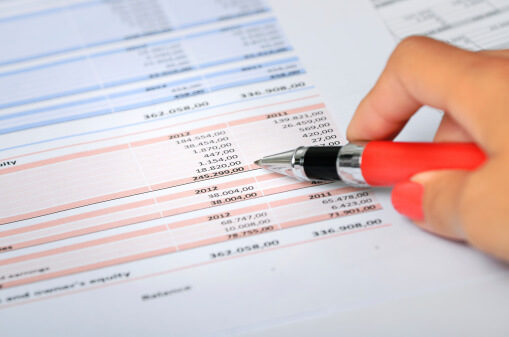
What Goes into a Balance Sheet Statement?
A balance sheet statement is a snapshot of a business’s assets, liability, and equity at any given moment in time. They help investors decide whether to invest in a company or not, and they help business owners make financial decisions about their business. Several things go into the balance sheet, and it’s a valuable tool for assessing the viability and success of a business. Here are the basic elements of a balance sheet.
- Assets – Assets, such as cash and buildings, are split up into short- (or current) and long-term (or fixed) assets in the balance sheet. Current assets include cash and current and notes receivable. Long-term assets include any kind of equipment and machinery the company owns, including buildings, land, vehicles, machinery, and equipment. The total fixed assets are everything your business owns, minus depreciation.
- Liabilities – This is anything that the business owes or is expected to owe. That includes accounts and notes payable, accrued payrolls and other withholdings, current and long-term liabilities, and mortgages.
- Owner’s Equity – This, together with the liabilities, must match the total assets. It includes the initial investment in the business and any ongoing investments, common stock, if there is any, and retained earnings. This is referred to as stockholder’s equity in publicly held companies.
Those are the items that make up a balance sheet statement. Once a statement has been prepared, it can be a valuable tool to investigate just how stable your business is. If you have too many liabilities, you may not be selling your products or services at enough profit, and if you have too little owner’s equity, you may have to raise funds, get a loan, or sell stock to pump up your bottom line.
Public companies also have to issue periodic balance sheets so their investors can see the progress the company has made and whether it is a good idea to invest in the company or not. These balance sheets are required by the Security & Exchange Commission (SEC), and they’re usually issued at least once a year. Balance sheets can show how the company is doing from year to year, but it’s important to remember they are simply a snapshot of one particular moment, not for the entire year.